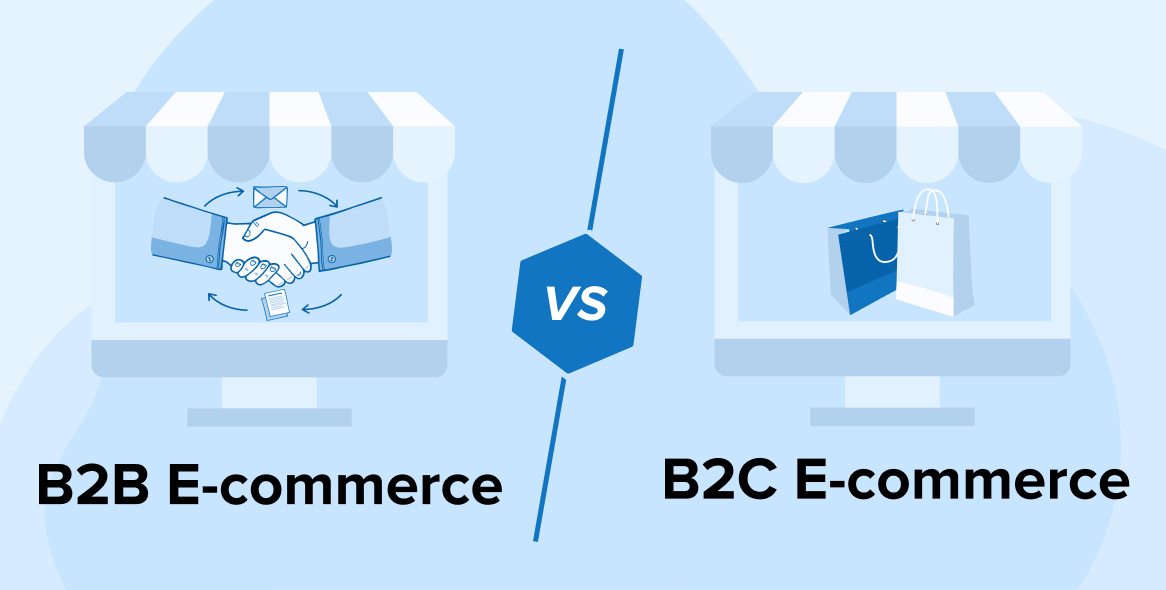
13 Jan 2025
E-commerce has transformed the way businesses operate, enabling seamless transactions and global reach. Whether catering to businesses (B2B) or individual consumers (B2C), developing a robust e-commerce platform is key to thriving in today’s competitive market. If you’re planning to create a B2B or B2C e-commerce website and app, this comprehensive guide will walk you through essential features, differences, monetization strategies, and the technological stack required. For expert development services, visit Sanity Softwares.
Understanding B2B and B2C E-commerce
B2B E-commerce
Business-to-Business (B2B) e-commerce platforms facilitate transactions between businesses. These platforms focus on bulk orders, negotiated pricing, and long-term partnerships.
Key Features:
Bulk pricing and discounts.
Personalized catalogs and pricing.
Integration with ERP and CRM systems.
Approval workflows for orders.
B2C E-commerce
Business-to-Consumer (B2C) platforms cater to individual consumers, offering a seamless shopping experience with a focus on user engagement and convenience.
Key Features:
User-friendly interface with advanced search options.
Single-item purchase options.
Discounts, promotions, and seasonal sales.
Simple payment and delivery processes.
Essential Features for a B2B and B2C E-commerce Platform
To cater to the unique needs of both models, your platform should include the following features:
Customizable User Roles:
Different access levels for administrators, sellers, and buyers.
Role-specific dashboards for streamlined operations.
Product Management:
Advanced tools for adding, editing, and categorizing products.
Support for multiple product variations and bulk uploads.
Advanced Search and Filters:
AI-driven search algorithms.
Filters for price, category, brand, and availability.
Pricing Management:
Multi-Channel Selling:
Secure Payment Gateways:
Support for multiple payment options, including credit cards, UPI, and digital wallets.
Secure encryption protocols to protect user data.
Order and Inventory Management:
Mobile Optimization:
Customer Support:
24/7 support through live chat, email, and phone.
AI chatbots for instant assistance.
Analytics and Reporting:
Insights into sales trends, customer behavior, and inventory status.
Tools for measuring ROI and campaign effectiveness.
Key Differences Between B2B and B2C E-commerce
| Feature | B2B E-commerce | B2C E-commerce |
|---|
| Target Audience | Businesses | Individual consumers |
| Order Volume | Bulk purchases | Single or small quantities |
| Pricing Structure | Negotiable, tiered pricing | Fixed pricing |
| Payment Methods | Credit, Purchase Orders, Net Terms | Credit cards, Digital wallets |
| Decision Process | Multi-level approval workflows | Quick, individual decisions |
| Focus | Long-term relationships | Immediate transactions |
Revenue Models for E-commerce Platforms
Transaction Fees:
Subscription Plans:
Advertising Revenue:
Affiliate Marketing:
Freemium Model:
Technology Stack for E-commerce Development
To build a scalable and efficient e-commerce platform, consider the following technology stack:
Frontend Development:
Frameworks: React.js, Angular.js, or Vue.js.
Tools: HTML5, CSS3, and JavaScript.
Backend Development:
Frameworks: Node.js, Django, or Laravel.
Languages: Python, Java, or PHP.
Database Management:
Relational: MySQL, PostgreSQL.
Non-relational: MongoDB, Firebase.
Payment Integration:
Gateways: PayPal, Stripe, Razorpay.
Security: PCI DSS Compliance, SSL Encryption.
Mobile App Development:
Cloud Hosting:
APIs:
AI/ML Integration:
Steps to Build Your Platform
Define Objectives:
Market Research:
Feature Prioritization:
Design and Development:
Testing:
Launch and Marketing:
Challenges and Solutions
High Competition:
Data Security:
Scalability:
Conclusion
Creating a B2B and B2C e-commerce platform requires careful planning, the right technology stack, and a deep understanding of customer needs. By incorporating essential features and focusing on user experience, you can establish a strong presence in the e-commerce market. For expert assistance in building your e-commerce platform, visit Sanity Softwares.